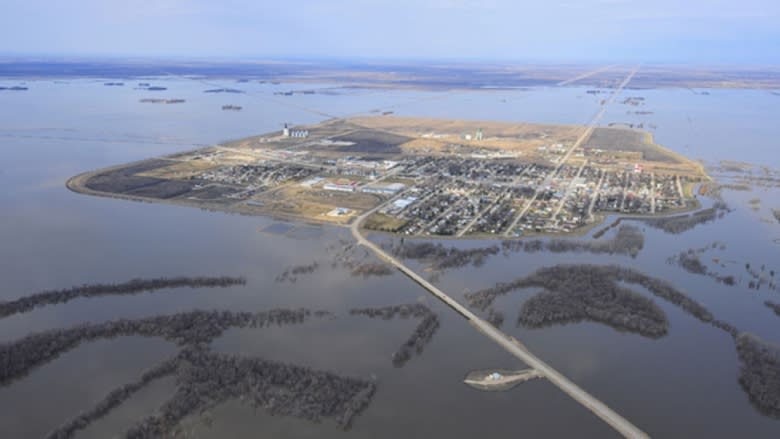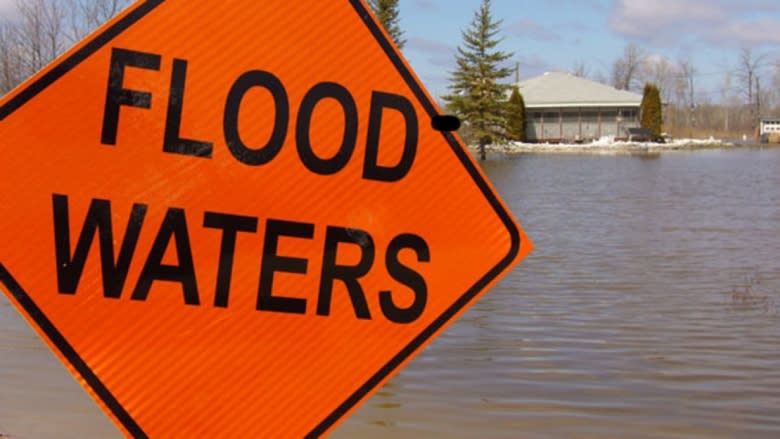Manitoba owed $500M or more in back disaster assistance funding from Ottawa
As the Assiniboine River gets ready to crest, the province is still waiting on hundreds of millions from Ottawa in disaster assistance pay for floods dating back to 2009.
But the jam in the financial waterway appears, in part, to be on the Manitoba side of the ledger.
The province is awaiting word on applications under the federal Disaster Financial Assistance Arrangements (DFAA) program that add up to more than a half billion dollars ($542,839,476.00, according to figures supplied by Manitoba Infrastructure).
The number, according to a spokesperson for Public Safety Canada, is even higher, up to $600 million.
Requests for federal compensation under the DFAA program date as far back as the flood event in 2009. For that natural disaster, Manitoba applied to Ottawa for $71,607,355. So far the feds have advanced just under half, with $35,000,000 coming over the last eight years.
Manitoba has 10 open files under the DFAA program. Under its guidelines, final payment requests from provinces must be audited by the federal government prior to the issuance of the funds.
The province of Manitoba has submitted a request for the last payments on two of these files: the 2009 spring flood and the 2010 October storm. The requests are currently being reviewed by federal auditors and could net Manitoba just under $42 million if approved.
Under the formula, after a flood or storm, Manitoba starts its own Disaster Financial Assistance program with affected municipalities. After collecting receipts for expenses and doing its own auditing, the province then makes claims for compensation under the federal DFAA program.
According to officials at Manitoba Infrastructure it has not closed many of its cost-shared DFA programs, including from disasters in 2011 and 2014, and therefore Canada has not audited or issued final payments on these programs.
A statement from Manitoba Infrastructure outlines some of the difficulty in completing their own processes, let alone the two-stage audit that the federal government does for each claim.
"Each DFA claim is unique," said the statement, "and the time to administer, provide assistance and finalize the claim depends on various factors, such as the scope and source of damage, whether or not the damages represent an insurable loss, the applicant's or local authority's access to technical experts and contractors to complete a restoration, necessary engineering and licensing studies required, and the provision of necessary documentation and invoices to Manitoba EMO to complete the evaluation and claim process."
$100M here or there doesn't always add up
University of Winnipeg economics professor Phillip Cyrenne said he hates to say it, but a half-billion-dollar windfall isn't quite the fix that Manitoba needs.
He said it does, however, provide some breathing room.
"If the government decides to reduce the deficit over time, it will reduce the pressure on some of those (cut and spending) decisions, but, in terms of a budget, it's not huge," Cyrenne said.
Cyrenne said the impact a half-billion-dollar windfall may not be as significant as one might think, especially when the province is recording deficits over $800 million.
But Cyrenne acknowledges optically it makes it harder for the Progressive Conservatives to argue the cupboard is completely bare.
"If someone is giving you money it is harder to say, well, I am going to have to cut back," Cyrenne said.
The slow churn of these files may provide a fiscal bonus to the PC government just when it needs it most politically. Just under $350 million is remaining in claims to Ottawa for the 2011 spring flood. According to provincial officials those final payments are expected by 2018-19.
That is close to when Premier Brian Pallister must make good on his promise to cut the provincial sales tax by one per cent.
Several requests for an interview with Pallister were not granted.



